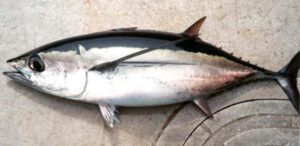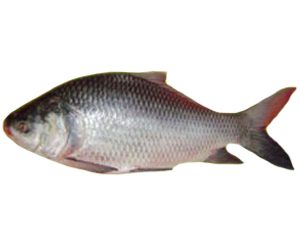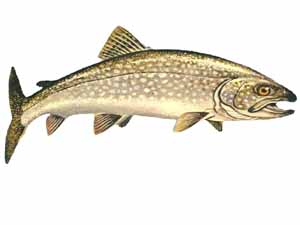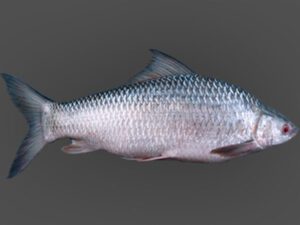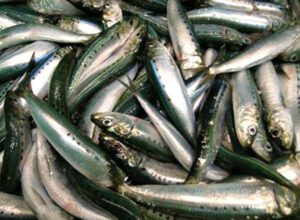The Longtail Tuna fish (thunnus tonggol) is a species of tuna which is also known as Northern Bluefin Tuna.
It is found in the indo-West Pacific waters. It is found and widespread from Japan south through the Philippines to Papua New Guinea, New Britain, the northern 3 quarters of Australia, west through the East Indies to both coasts of India, southern Arabian Peninsula, the Red Sea and the Somalia coast.
The Longtail Tuna fish may be vulnerable mainly due to overexploitation by fisheries, and worldwide catches have been increasing rapidly.
But probably there are no effort information or stock assessments. Read some more information about this fish species below.
Longtail Tuna Fish Characteristics
The Longtail Tuna fish are relatively a smaller fish species. Their body is deepest near middle of first dorsal fin base.
Their second dorsal fin is higher than the first dorsal fin, and the pectoral fins are short to moderately long. Their swim bladder is absent or rudimentary.
In case of coloration, the lower sides and belly are of silvery white color, with colorless elongate oval spots arranged in horizontally oriented rows.
All the fins are blackish, but the tip of the second dorsal and anal fins are yellow, and the anal fin is silvery.
Both dorsal and anal finlets are yellow with grayish margins. The caudal fin is blackish, with streaks of yellow green.
Average body length of the mature fish is around 70 cm, with a maximum recorded body length of 145 cm.
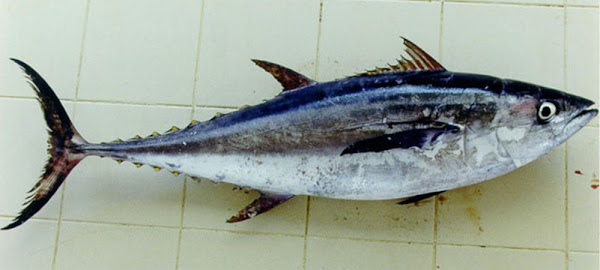
Maximum recorded body weight of the Longtail Tuna fish is 35.9 kg. Photo and info from Wikipedia.
Diet
The Longtail Tuna fish feed on a variety of fishes, cephalopods and crustaceans (especially stomatopod larvae and prawns).
Breeding
The Longtail Tuna fish probably breed more than once a year. Perhaps in 2 spawning seasons in the Gulf of Thailand.
Their spawning is reported to be confined to coastal waters, based on the occurrence of their larvae which were collected at surface water (28° C temperature).
Uses
The Longtail Tuna fish is mainly used for food. It is very popular as food in some areas.
Special Notes
The Longtail Tuna fish are pelagic and oceanodromous. It is actually a predominantly nertic species avoiding very turbid waters and areas with reduced salinity such as estuaries.
Their growth rate is relatively slow, and their longevity is at least 5 years (most often they can live as long as 18 years in the central Indo-Pacific).
The Longtail Tuna fish is a commercial species and it is used mainly for food.
It is marketed fresh, dried and salted, but also sometimes smoked, canned and frozen. However, review full breed profile of this fish in the table below.
| Name | Longtail Tuna |
| Kingdom | Animalia |
| Phylum | Chordata |
| Class | Actinopterygii |
| Order | Periformes |
| Family | Scombridae |
| Genus | Thunnus |
| Species | T. tonggol |
| Binomial Name | Thunnus tonggol |
| Other Names | Northern Bluefin Tuna |
| Breed Purpose | Mainly food |
| Weight | Can reach up to 35.9 kg |
| Special Notes | Pelagic and oceanodromous, grow relatively slower as compared to other tuna species, live longer than other tuna, commercial species, used mainly for food, very popular as food in some areas, marketed fresh, dried, frozen, salted, canned, and smoked |
| Breeding Method | Natural |
| Climate Tolerance | Native climate |
| Body Color | The lower sides and belly are of silvery white color, with colorless elongate oval spots arranged in horizontally oriented rows |
| Rarity | Common |
| Availability | Worldwide |

